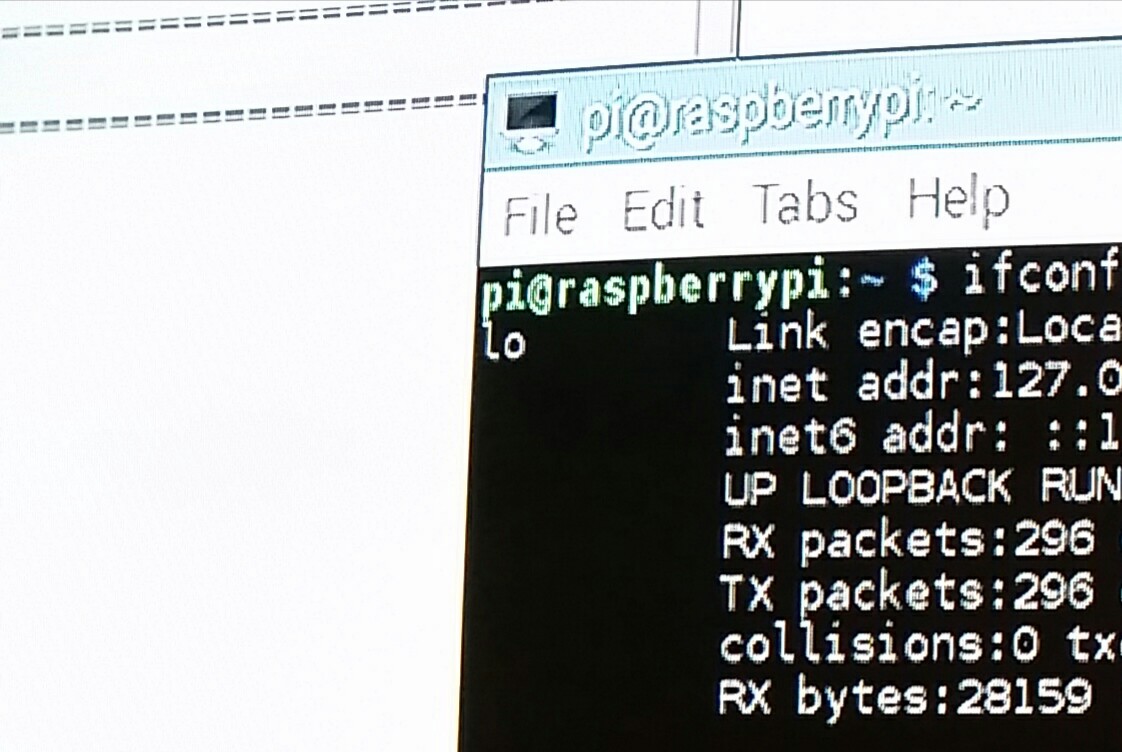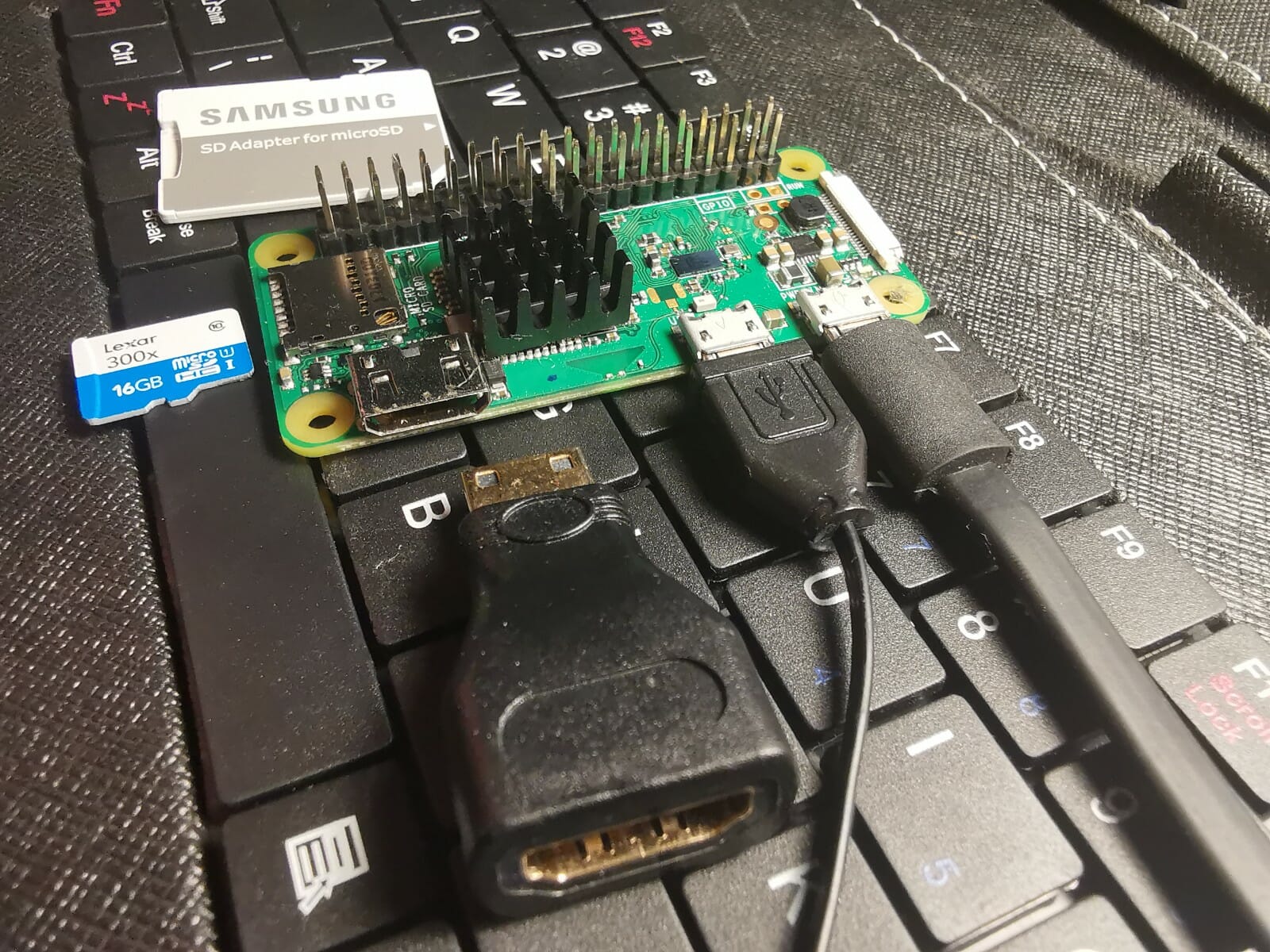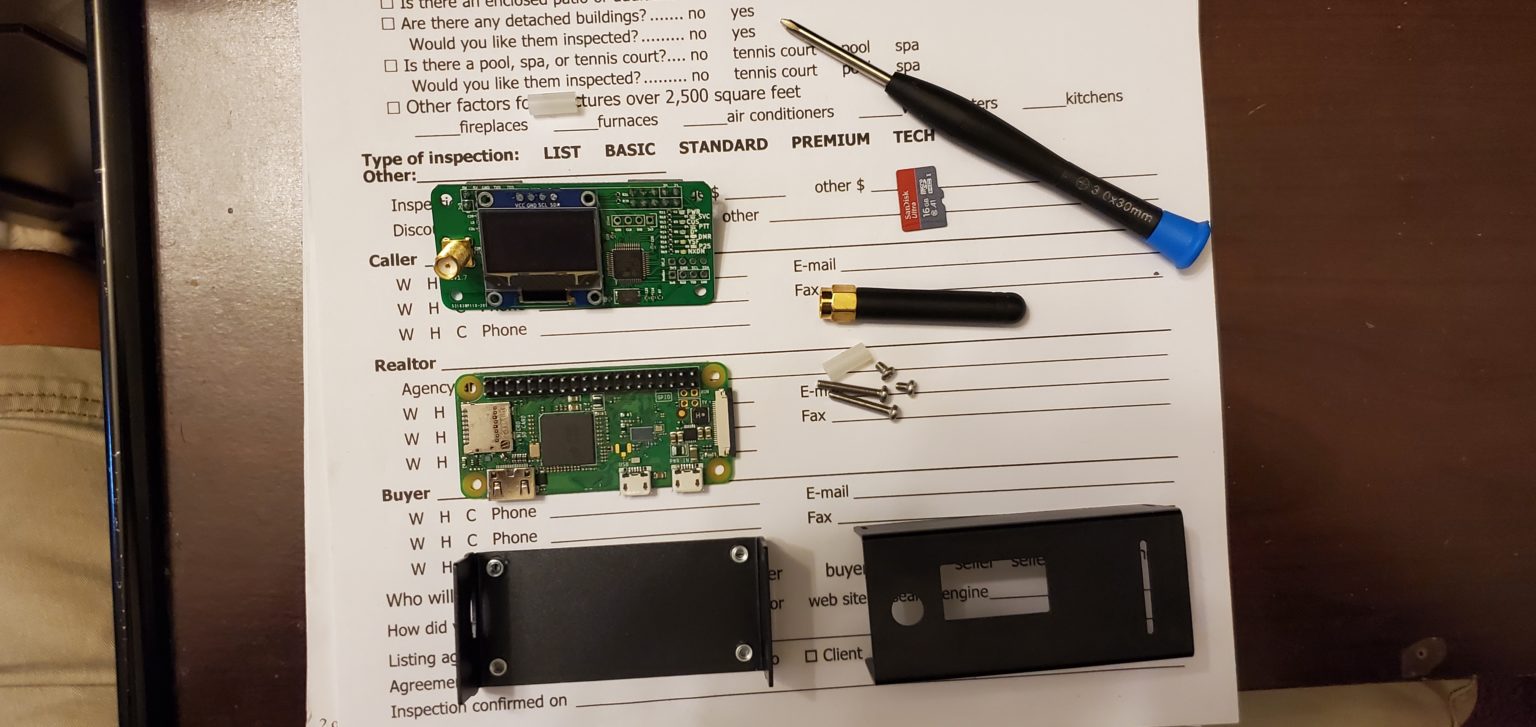

The Raspberry Pi is a single-board computer small enough to fit in your wallet, and the Raspberry Pi Zero is even smaller. The R-Pi family of products opens the world of coding up to all ages with their easy interface and budget-friendly pricing. You may want to check out our tutorial on Raspberry Pi TTL Tutorial to connect your Raspberry Pi Zero over the serial port and how to use an ultrasonic sensor with a Raspberry Pi. This tutorial teaches you how to connect a Raspberry Pi Zero, as well as the other members of R-Pi family, with an ultrasonic sensor to read data from the USB port. MaxBotix USB ultrasonic sensors make your Raspberry Pi Projects even easier. You may be required to make updates to the code for the sensor to work. With the Raspberry Pi Zero online, you will be able to install new tools, browse the web, access the Pi Store and connect to other devices on your network.This article and code example may not work with the most recent versions of the Raspberry Pi operating system.

If all has gone smoothly, you'll have saved time downloading, installing and configuring Raspbian for the Pi Zero, and have the device online immediately. Similarly, remove the Wi-Fi USB dongle and attach this to the Pi Zero and boot up.

With the wireless card setup – the SSID is detected, the username and password input, and the connection made – you should then shutdown the Raspberry Pi, remove the microSD card and insert it into your Pi Zero. One shortcut you can use is to setup Raspbian and your wireless USB dongle on a full size Raspberry Pi. One thing to keep in mind is that connecting an Ethernet cable into the Pi Zero will almost guarantee instant connectivity connecting a wireless dongle may not. One popular alternative is connecting a mini Ethernet PCB to the Pi Zero's GPIO, but this isn't an easy task for beginners. In the absence of an operating system with which to setup wireless networking, you'll need to find a compatible USB Ethernet adaptor, which might be micro USB compatible, or else standard USB connected to the an adaptor. Should you choose the lighter, online installation with NOOBS, you'll need to first ensure that the Pi Zero is connected to the Internet. This will ensure you actually have an operating system to install, as opposed to a menu giving you a choice of OS to download. If you're installing with NOOBS, you'll need to take care to download the full, offline installer, as opposed to the lighter option. With a Wi-Fi dongle added, you'll be able to connect to the Pi Zero remotely via SSH, for instance, although note that this will require system resources and if you opt to power the Pi Zero with batteries, any network activity will reduce battery longevity. Are you planning on adding a USB device? You might opt to add a wireless dongle, as the Pi Zero doesn't ship with built in Wi-Fi or an Ethernet port.


 0 kommentar(er)
0 kommentar(er)
